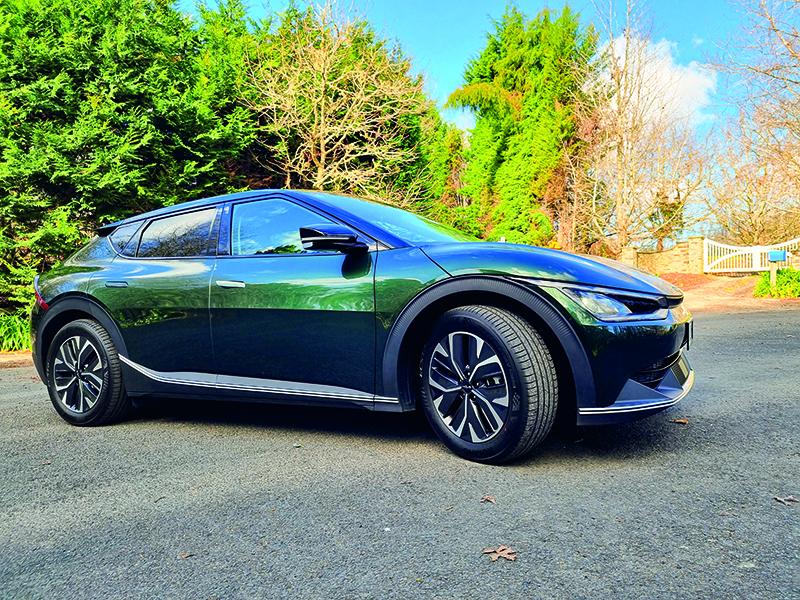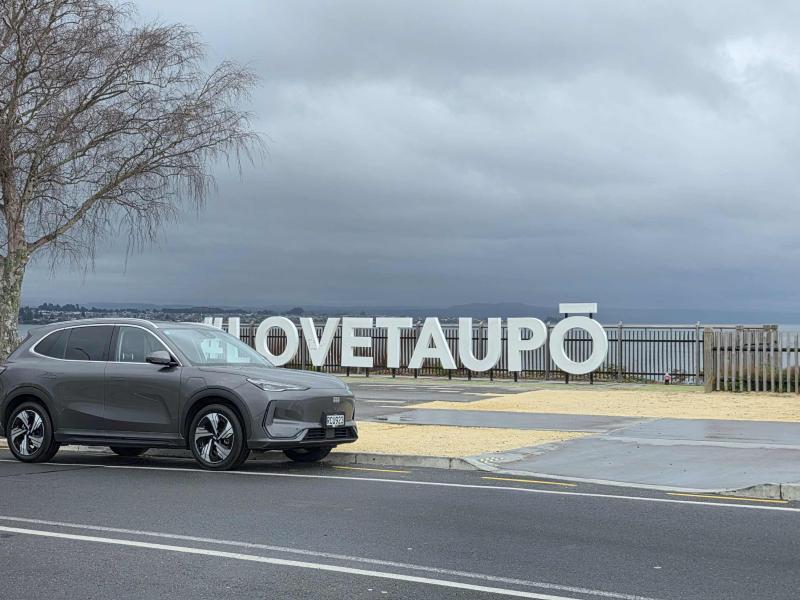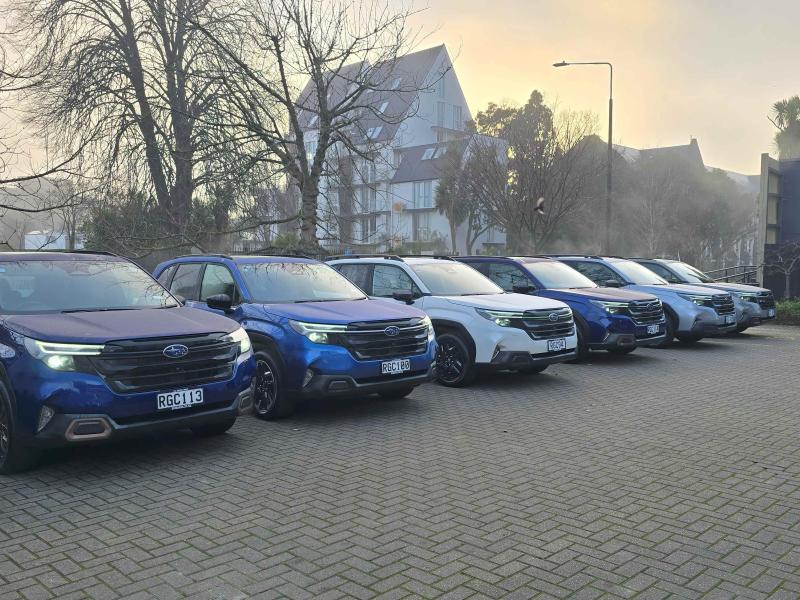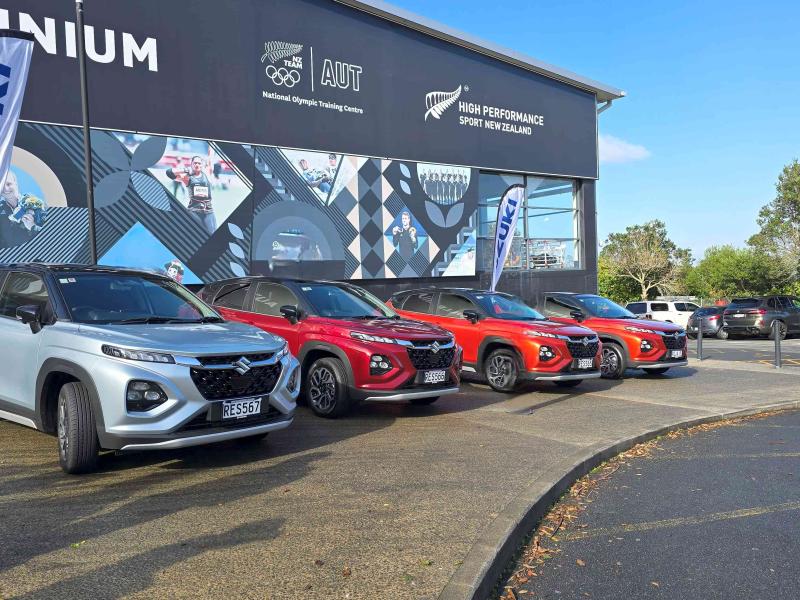Having secured worldwide acclaim, the Kia EV6 has done more for the Korean brand than put it on the electric vehicle map, it’s established a Kia continent on that map with the exciting prospect of yet more undiscovered country to explore.
Last August, I reviewed the all-wheel-drive GT-Line, the top-of-the-tree model – the subject of this article is lower on the ladder in the EV6’s four-vehicle range.
It wasn’t quite this vehicle – last August I reviewed the all-wheel-drive GT-Line, the top-of-the-tree model – the subject of this article is lower on the ladder in the EV6’s four-vehicle range.
This time around, I’m looking at the rear-wheel-drive ‘Air’ Long Range EV6 and contained within that characterisation are the kernels of all that is good about this specific EV6 model.
It starts with rear-wheel-drive. For a conventional car, this is the ultimate driving configuration as it allows the rear to propel the car and leaves the front end free to steer.
But the EV6 is an EV, which means that as opposed to an electric motor on both axles as in the all-wheel-drive models, it has one electric motor on the rear axle.
This means acceleration is a little bit reduced; 0 to 100km/h is 7.2 seconds as opposed to the 5.2 seconds of the AWD, but the power delivery is more manageable in the RWD Air and this is more comfortable for vehicle occupants.
Additionally, there is a marked improvement in controllability – just as there would be for a petrol-powered car, and this is in part due to the chassis/battery design and execution which delivers a brilliant balance.
The single motor also means a little less weight and a little less stored power consumption or battery drain, and this leads neatly into the ‘Long Range’ part of the description.
Last year’s review of the GT-Line Long Range model saw a claimed 484km range / 18kWh per 100km on the (WLTP test protocol).
The Air model today claims – and delivers – 528km / 16.5kWh per 100km from the same sized 77.4kWh battery as the GT-Line, which takes the same amount of time to charge thanks to the 11kW on-board charger.
It takes around 32 hours to go from 0 to 100 per cent on a 230-volt AC charger but that reduces to seven hours or so to go from 10 to 100 per cent using an 11kW AC wall charger.
If you have the good fortune to be near a DC fast charger a 50kW charger will take 73 minutes for a 10 to 80 per cent charge, 18 minutes from 10 to 80 per cent on a 350kW charger or less than 4.5 minutes to get a 100km top up charge.
This last is something special – it is fast charging technology, which is something we haven’t seen in other EVs, certainly not as well promoted as vehicle-to-load capability – powering external devices from the car – which the EV6 Air Long Range can also do.
Not only has the Kia EV6 Air Long Range done well in terms of its performance in the EV6 range where it is the leading light, but it has also done very well in its design overall. Indeed, the EV6 remains one of the more distinctive EVs on the market.
Equipment and specification-ally speaking, the EV6 is a trump card for Kia, carrying a suite of contemporary safety features allowing for its – tested in 2022 – five-star ANCAP rating, which includes Forward Collision Avoidance assistance, Lane Keep assist, Rear Cross Traffic Collision Avoidance Assist (RCCA) and Smart Cruise Control (SCC) with Stop and Go.
Compared to the GT-Line, the specification list is humbler in the Air Long Range, though you still have a 12.3” TFT colour LCD infotainment system and 12.3” TFT LCD dash cluster, wireless smartphone charging pad, Bluetooth connectivity with voice recognition.
With its equipment levels, range, technology and futureproofed styling, the EV6 Air Long Range commands a very favourable price so it’s no surprise that it is the most preferred model in the range.






